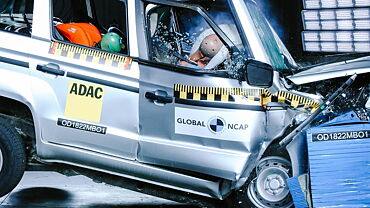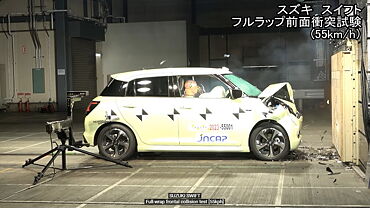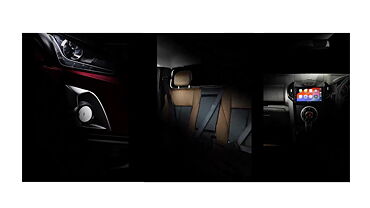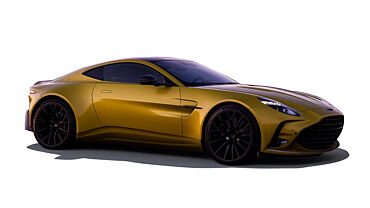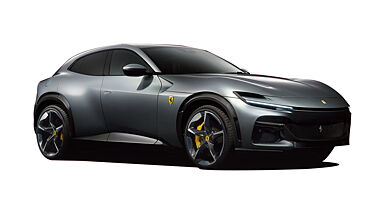The most lovely sight to behold by any auto aficionado is high-octane car cruising nimbly on roads. The charisma of a high speed car obliterating path ways is enthralling, gut wrenching and adrenaline pumping for sportscar fanatics. An add-on to this bewitching view is such cars going neck to neck with each other on a curvaceous track and blistering with traces of their tyre treads. Such adversaries are witnessed in the likes of Nascar, Le Mans and other motor championships, but one race event that is elating audiences since past 5 decades is Formula One racing. It is an epitome of sportscar racing where speed is no limit. International movie makers have always had a penchant to capture such events on canvas and provide their respective tweaks to the film story. However, two most auspicious flicks of Formula One racing arena are undoubtedly “Senna” and “Rush”.
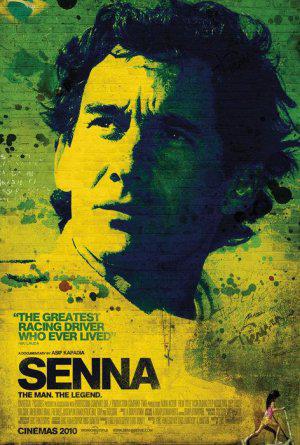
Senna is a biopic of F1 legendary driver Ayrton Senna and features his motorsport career and tragic death on the racing track, in 1994. It was directed by Indian born British film maker, Asif Kapadia, and was released in 2010 under the badge of Universal Pictures. The film showcases the hardship of Brazilian born Senna in his early days and eventually becoming the indisputable champion of F1 motor racing. It relies on the footage provided by the authorities during the tragic 1994 crash that killed senna and short clips from his families. The flick also emphasises on Ayrton Senna's rivalry with Alain Prost who was a fellow driver.
Movie begins with Senna arriving in motorsport arena during 1984. In his early days, Senna was partnered with F1 teams of Toleman, Lotus, McLaren and finally Williams. A drastic change was brought to his career during the days with McLaren F1 team where he was extolled for his brilliant driving skills and his humble nature in real world. Senna claimed his first F1 world championship title in 1988 where he won 15 out of 16 Grand Prix. It was followed by second and third wins in 1990 and 1991 respectively. In 1992, William-Renault collaboration was largely dominating the F1 championship and 1994 saw the legend moving in their team.
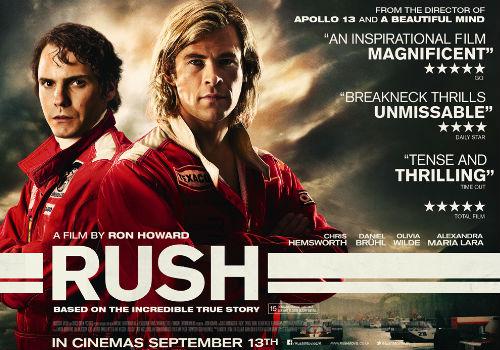
Along with these facts, the movie also focusses on various aspects related to Ayrton Senna's safety concerns on tracks, a hint of dirty politics in motor-racing world and his trauma after witnessing a tragic death of his Austrian compadre Roland Ratzenberger, a day prior to his own death. Movie also depicts the inclination of Senna towards modernised technologies implemented in William-Renault cars, which in turn lead to a major dominance of this team in the F1 championship. However, the climax is focussed on the adversity which claimed Senna's life. In 1994, there was a tweak in F1 championship norms and William cars had to disallow computerisation. These cars went through a rapid configuration which proved to be hazardous as the 3 time world champion could not cope up with constant changes in his car.
During the San Marino Grand Prix of 1994, footage provided by the concerned authority showed Senna not content with the changes and this lead to an extreme level of stress in the legend. Also, the death of Austrian fellow driver showed the errors in championship regulations which was not appreciated by majority of drivers. Movie shows that at start of race, Benetton-Ford driver JJ Lehto's car gets collided with Lotus-Mugen Honda driver, Pedro Lamy. The debris from the crash are left on tracks and safety van is brought to carry out the necessary treatments. The race gets halted and after it resumes, the 7th lap shows Ayrton Senna's car running in a straight line, off the track and hitting the side walls. The crash is fatal and Senna succumbs to his death eventually. Movie ends by showcasing all family and friends gathered during the memorial, and mourning over the death of this legend.
Second movie, called Rush, aims at reviving the 1970's fierce rivalry between flamboyant James Hunt and technical genius Niki Lauda. The adversity begins during Formula 3 racing, when both drivers spin their cars on tracks and Hunt eventually wins the race. James Hunt is portrayed as a British brat who likes living life to full extent with extra amusement. Whereas, Niki Lauda is aspirational, always striving hard and employing his methodical techniques while racing. Film moves ahead where Lauda joins Scuderia Ferrari team with Clay Regazzoni and wins his first championship in 1975. On the other hand, James Hunt makes a leap into McLaren team after fellow driver Emerson Fittipaldi leaves McLaren. Turning point in the adversary is reflected during the 1976 F1 season when Lauda dominates initial two races and Hunt fails to overhaul his contender.
Eventually, Hunt wins Spanish Grand Prix but the title is retained after authorities find that his car was wide and did not comply with racing rules. Not able to adjust with F1 regulations, movie displays McLaren team getting hampered brutally in upcoming races. Hunt undergoes a divorce with his wife Suzy Miller and strives hard to regain his competitive spirit. His disqualification at Spain gets overruled and the points lost by him are compensated, which put him in contention again to be a champion. The next plot shows Lauda insisting the F1 committee to cancel the German Grand Prix due to heavy rain and an already fatal image of Nurburgring track. But the request goes to vain as Hunt convinces the authorities that Lauda fears losing his race points. The race begins at Nurburgring track and halfway through the third lap, there is a problem in Lauda's Ferrari and it bursts into flame. Niki Lauda suffers gruesome injuries on forehead and his eyelids are completely burnt.
His absence on tracks proves worthy for opponent James hunt as he encashes the opportunity fully and wins the pending races. Perturbed by this, Lauda attempts to return on racing tracks against his doctors advice. The climax showcases 1976 Japanese Grand Prix where the absence of Lauda had put James Hunt just 3 points away from taking the championship away. During the second lap of race, Lauda moves into his pit and decides to retire before further putting his life in danger. In such a condition, Hunt only needs to finish third in the race to win the championship. After moments of struggle and even injuring his hand due to an unsteady gearbox, Hunt finally finishes third and wins the title. Later stages show Lauda finding a penchant for flying private planes whereas, Hunt dissolves his career in fame, alcohol and money. After retiring from F1 championship in 1979, James Hunt becomes a motorsport broadcasting commentator and remains in that position before he finally dies at the age of 45, in 1993.



